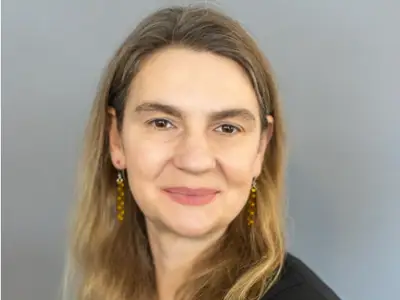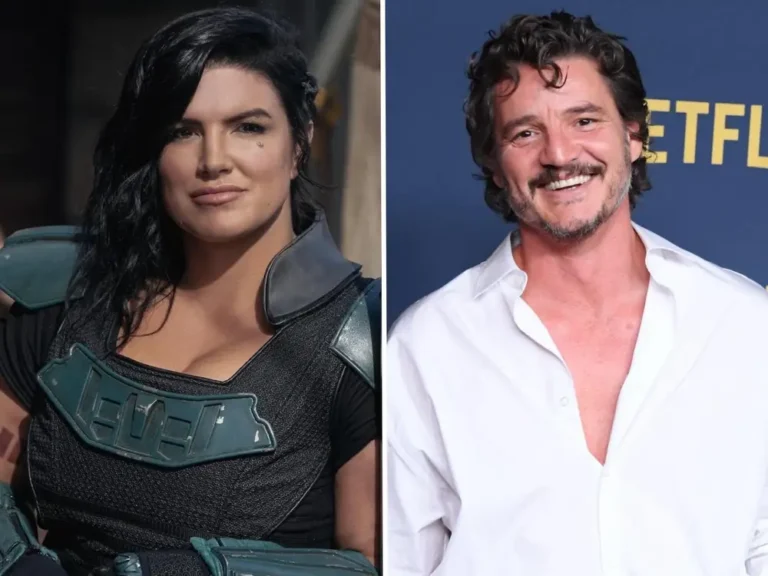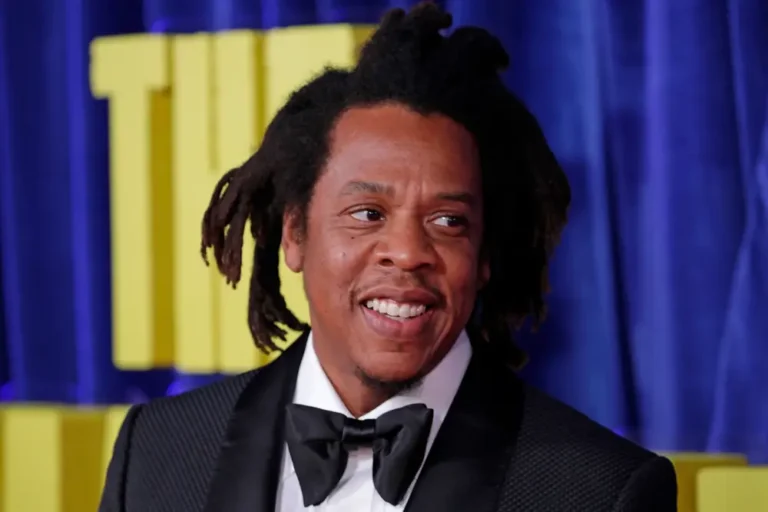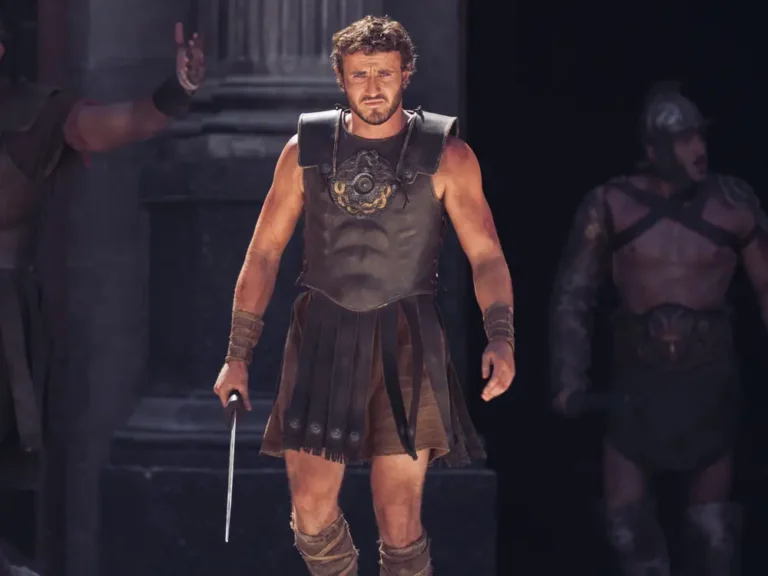Google is pushing AI hard. A top YouTube exec explains what that means for creators.

Johanna Voolich, chief product officer at YouTube, says the company’s AI plans are geared toward helping boost creators’ efficiency.
At Google’s Made on YouTube event on Monday, the product roadmap was clear: AI, AI, and more AI.
YouTube creators can now use generative AI to come up with future video ideas, add background images or AI-generated video clips to their shorts, automatically dub their videos into new languages, and come up with relevant replies to user comments. The company is integrating technology from Google DeepMind to power some of its features, including its video-generation tool Veo.
During the event, YouTube enlisted creators to share how they were using the tools so far. In one example, the singer and songwriter D4vd showed how he used AI to create visuals for a YouTube short featuring his song “Here With Me.” In another example, fashion creator Joe Ando used YouTube’s image generator to create fantastical versions of a dress for a short video.
But as AI tools become even more integrated into YouTube, one has to wonder: Will AI content ultimately overtake human content on the app, and does YouTube worry about that?
Johanna Voolich, YouTube’s chief product officer, said the company’s product plans are all about helping creators do their jobs more efficiently while opening up new ways to make content.
“Creators are at the center of everything we do and our mission is to give creators a voice, so I don’t see them going away anytime soon,” Voolich told B-17. “Our focus on AI is to help amplify the voices of our creators.”
The company is working closely with rights holders to make sure that its AI generation tech doesn’t violate copyright or step on any toes in the creative community. It’s also being transparent about where AI is showing up in videos, adding a label and watermark to let users (and AI detectors) know that content was made using AI.
That said, the company isn’t opposed to allowing AI content to proliferate across the platform, Voolich said.
“At YouTube, we try very hard to not dictate what is on the platform,” she said. “We’re very strict about our community guidelines, and so if you are building out harmful or egregious content, then it’s not allowed on our platform. But really we want people to build what people want to watch. I think it’s really hard for me to judge what that is, and so we really see ourselves as an open platform that’s going to allow a lot of kinds of content.”
Generative AI has been both embraced and rebuffed by members of the creator community this year. Some influencers such as MrBeast and Dude Perfect are testing out AI tools as a means to work more efficiently. Other creators are less bullish on the tech, fearing that AI-generated content could one day cut into their revenue as a wave of automated videos take over social-media feeds.
Ultimately, whether creators like AI or hate it, they don’t have much choice. The technology is already here. And YouTube wants to work closely with its partners to make sure they find the technology helpful, rather than scary.
“YouTube very much puts its partners first,” Voolich said, describing a group that includes music artists, video creators, and other creatives. “We’re thinking about creators big and small. We’re thinking about how to support them with AI and with other tools throughout their whole creative life cycle, from ideation to content creation to really building an audience and then creating businesses.”






